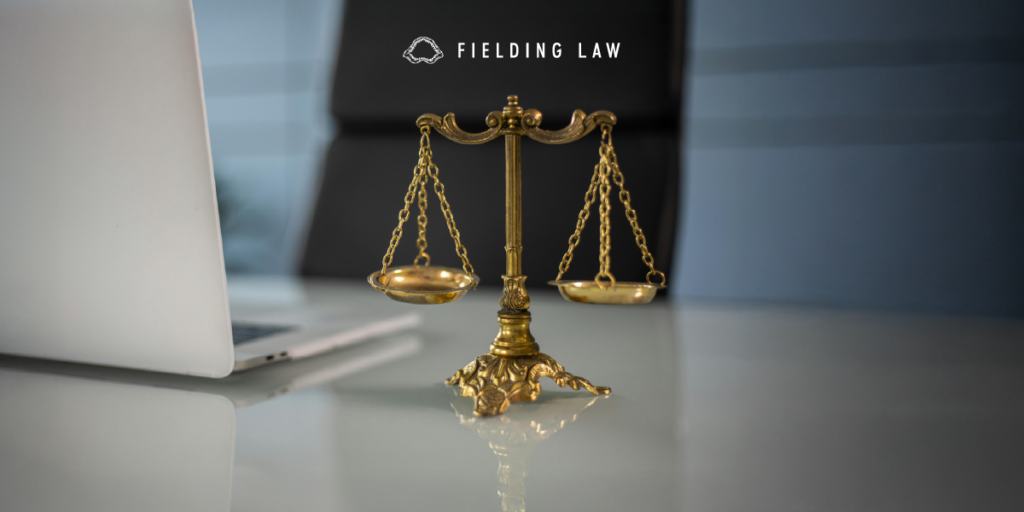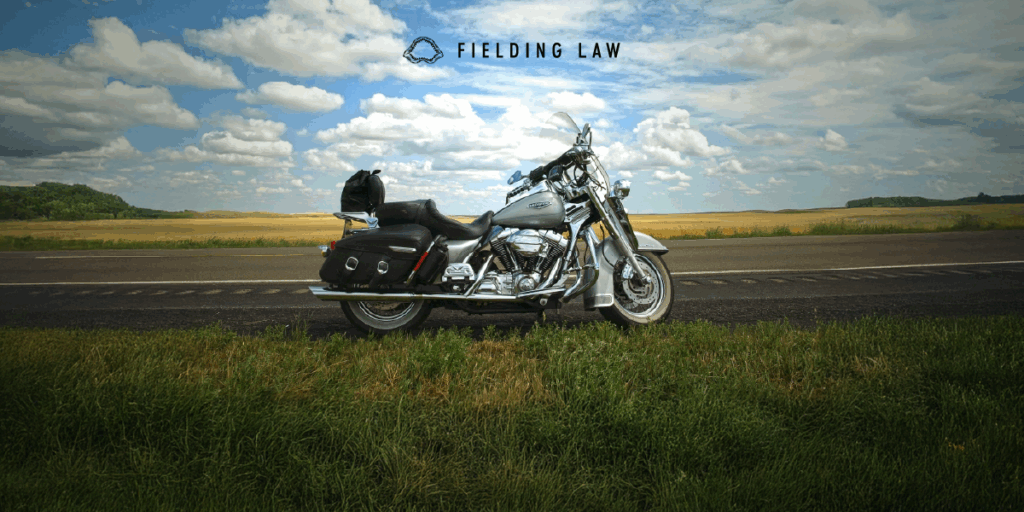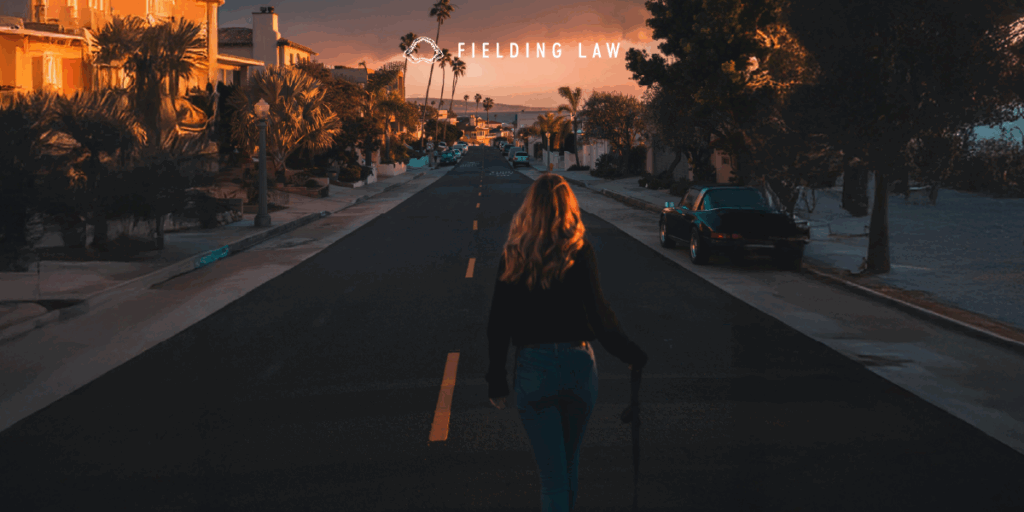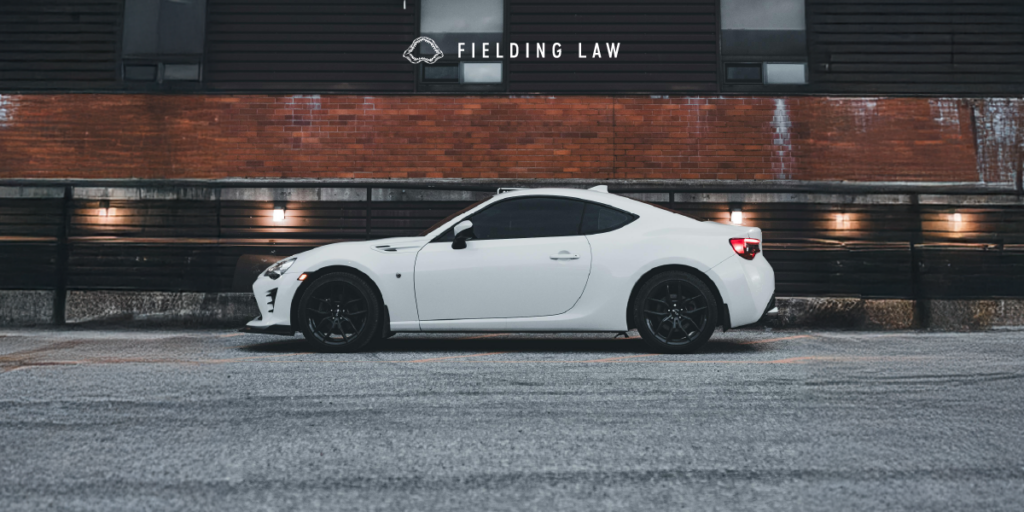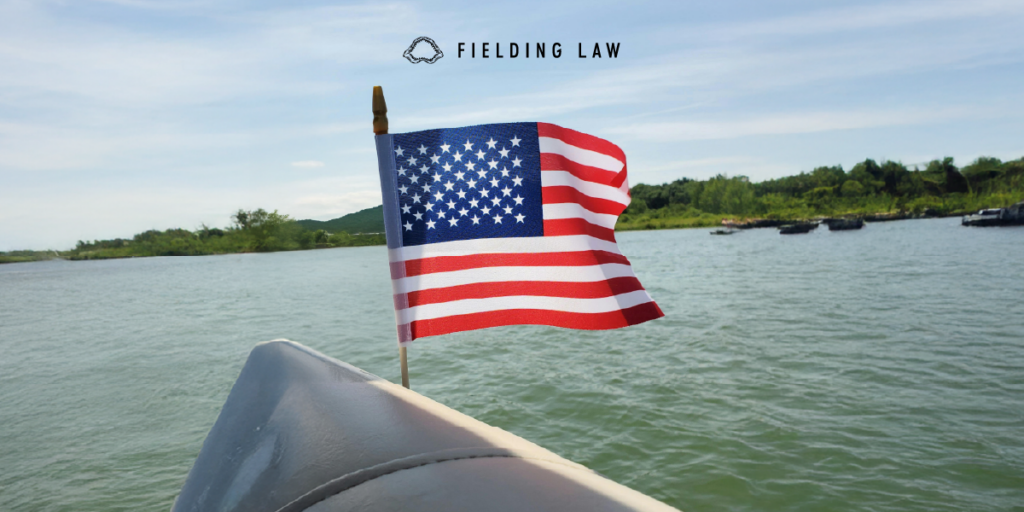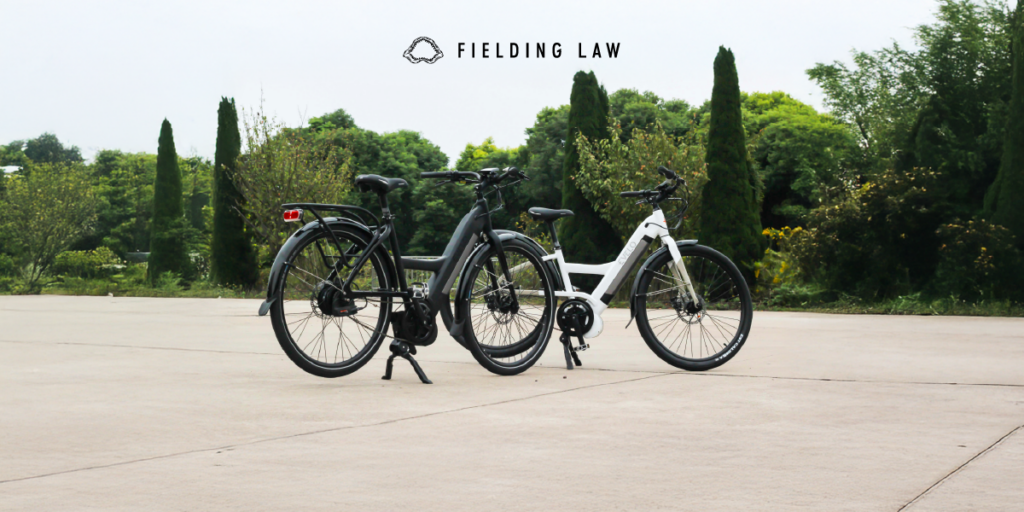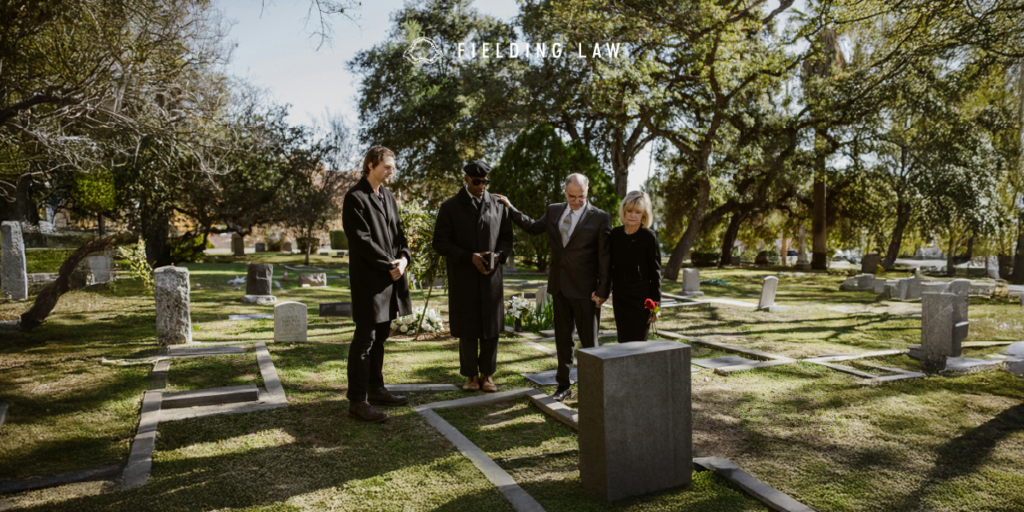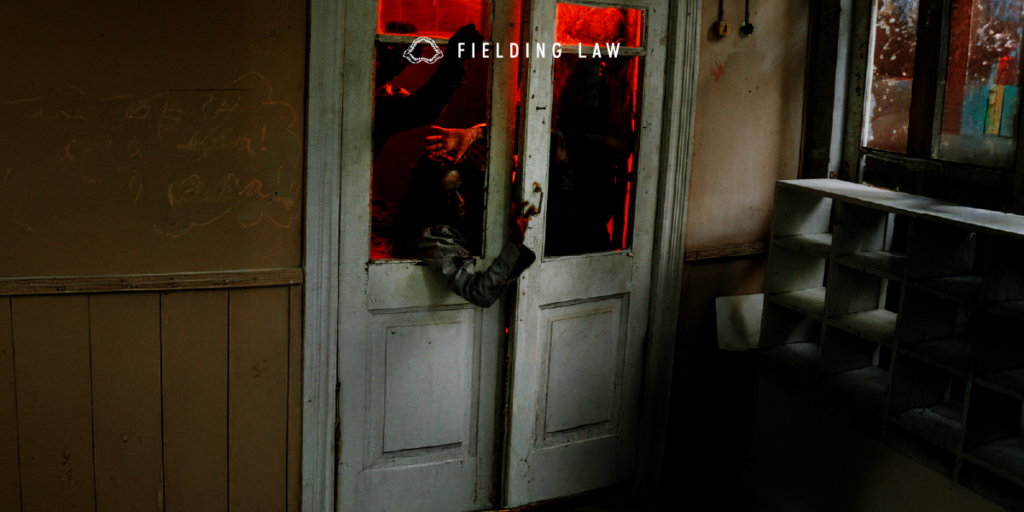
When Thrills Turn Into Injuries
Haunted houses are designed to scare, but no one expects to leave with a serious injury. From poorly lit stairwells to unsafe props, a night meant for fun can quickly become dangerous. If you are injured in a haunted house, it is important to understand your rights and know the steps to take to protect them.
Who May Be Liable for Haunted House Injuries
Haunted houses fall under premises liability law in both California and Arizona. The property owner, event operator, or even a third-party vendor may be held responsible if their negligence caused the injury. Examples include:
-
Unsafe props or collapsing structures
-
Inadequate security leading to assaults or crowd surges
-
Fire hazards due to poor safety planning
-
Failure to provide emergency exits
These hazards can result in severe injuries such as fractures, concussions, or emotional trauma.
When Other Guests Cause Injuries
Not every haunted house injury comes directly from unsafe conditions. Sometimes another guest may panic, run, and knock someone over. Event operators still have a duty to prepare for this foreseeable risk. Haunted attractions are designed to frighten people, so it is reasonable to expect that some visitors may run, push, or collide with others.
If the operator fails to provide adequate lighting, safe walkways, or staff to manage crowd movement, they may still be liable. For example, injuries can occur if groups are allowed to move too closely together or if paths are too dark and narrow for safe passage. Even when another guest caused the initial contact, the operator’s negligence in managing the environment may have contributed to the accident.
Liability Waivers: Do They Always Protect the Business
Most haunted houses require guests to sign liability waivers. These documents are meant to limit the property owner’s responsibility for injuries. However, a waiver does not give businesses permission to act negligently. In both California and Arizona, waivers cannot protect against gross negligence or willful misconduct. If an operator ignored obvious safety risks, you may still have a claim even if you signed a waiver.
What To Do If You Are Injured in a Haunted House
Taking the right steps immediately after an accident can strengthen your claim:
-
Report the incident: Notify staff or management right away and request a written report.
-
Document the scene: Take photos of where the injury happened, including any hazards or unsafe conditions.
-
Gather witness information: Ask for names and contact details of anyone who saw what happened.
-
Seek medical attention: Even if injuries seem minor, a medical record can link the accident to your injuries.
-
Avoid signing further documents: Do not sign statements or agreements beyond the initial waiver without legal advice.
Next Steps After a Haunted House Accident
Once you have reported and documented the incident, the next step is to speak with a personal injury attorney. An attorney can investigate liability, review the enforceability of the waiver, and communicate with insurance companies on your behalf.
Why Hire Fielding Law
If you were injured in a haunted house, Fielding Law can help. Our team understands the complexities of premises liability and how waiver laws apply in both California and Arizona. We provide compassionate, capable representation and will work tirelessly to hold negligent businesses accountable. Call 833.88.SHARK today to learn how we can help you pursue the compensation you deserve.
Note: Information provided is for educational purposes and does not constitute legal advice. Always consult with a qualified attorney for legal concerns.

